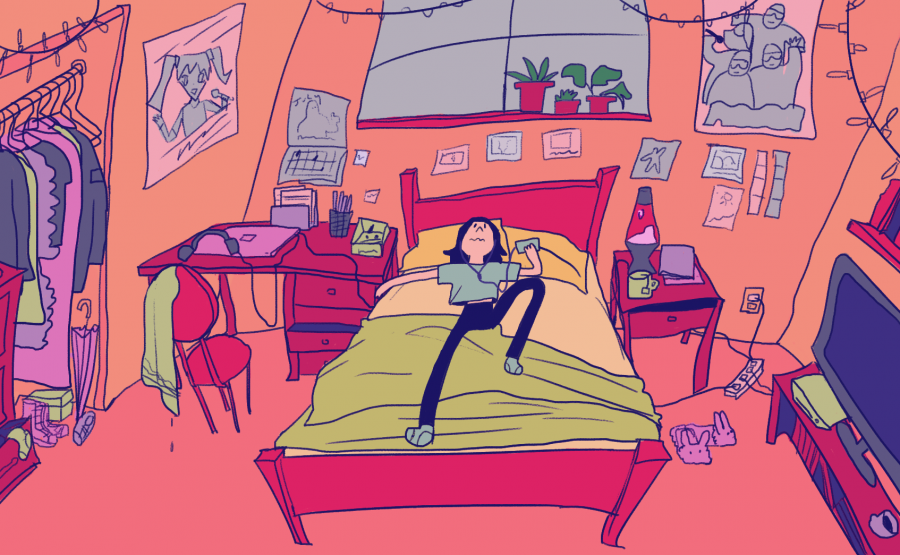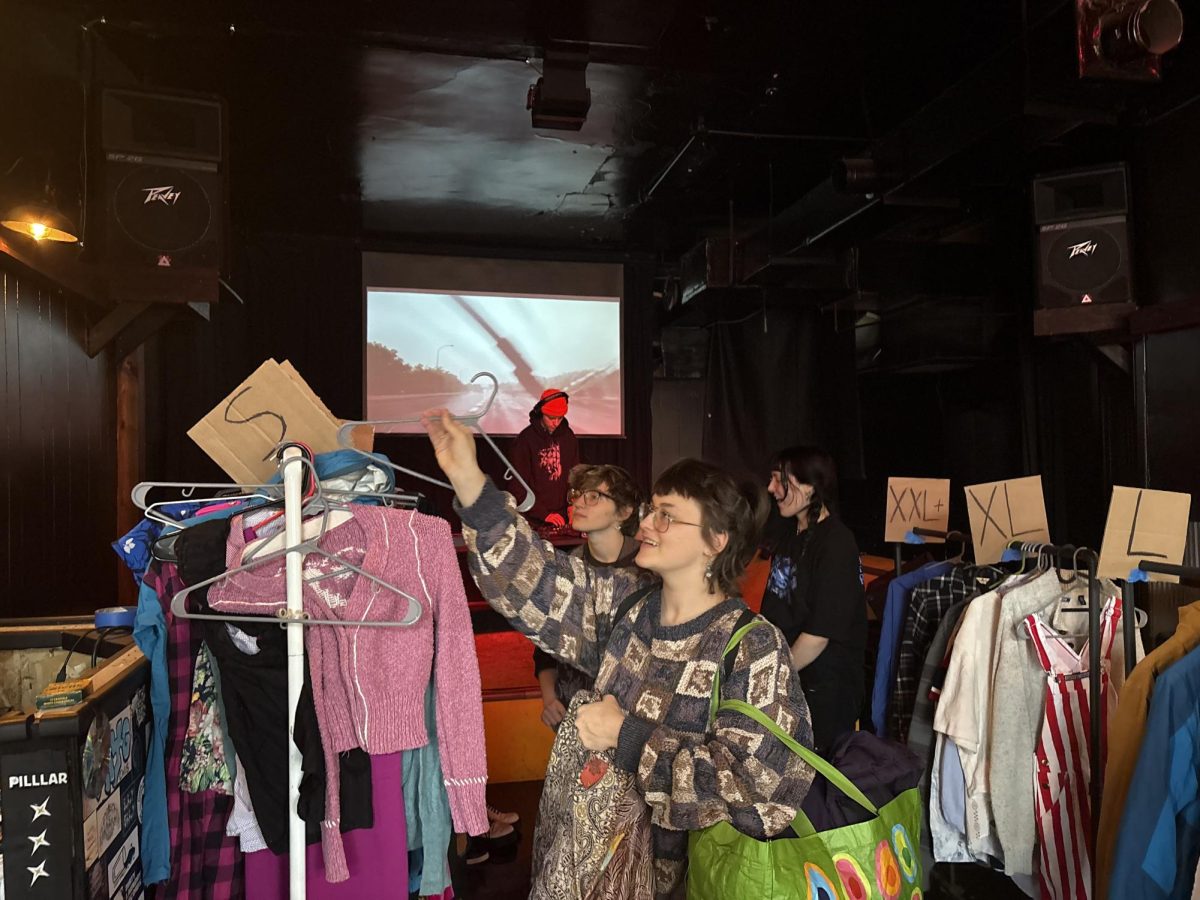Kaleigh Strong, an incoming third-year retail merchandising and supply chain operations double major, was like many students who thought their spring break at home would only last a week.
But, when President Joan Gabel announced that classes were to be finished online for the spring semester, Strong was left in South Dakota with the suitcase of clothing she had packed for a brief visit home. After weeks and months of repeating the same select pieces of clothing, Strong realized she no longer needed as much clothing as she owned.
Strong isn’t the only one who has confronted her own excessive clothing habits due to a pandemic-induced shift of focus onto necessities. From the wealth inequities that the pandemic has exacerbated to the heightened awareness of where our dollars go during such a difficult time, University of Minnesota students are giving up their unsustainable fashion habits.
Before the pandemic Strong estimated that she purchased new clothing items once every month, but during the pandemic not at all.
“I was consuming more things than I actually needed. I’ve been living off of 10% of the clothes I actually own, and it’s been totally fine,” Strong said.
Assistant professor Naeun Lauren Kim, who studies sustainable consumption at the University, had explanations for the shifting of spending habits. Kim said that there are primarily two reasons we buy clothing: the utilitarian motivation, the fact that we need it and wear it to work, school and gatherings, and the hedonic motivation, the idea that we enjoy dressing up and expressing ourselves through clothing.
“With the pandemic, the latter motivation is not needed anymore. It’s going to be limited when you dress up for an occasion or for people,” Kim said. “That’s why we’re going back to our closets and saying, ‘We don’t really need these items, let’s buy something essential.’”
And many students, including second-year finance major Lauren Winston, have shared similar sentiments.
“Seeing how the pandemic has affected the economy and workforce – many people have lost jobs, and wealth disparities have increased – has made me want to shop less and save more money,” said Winston.
But frugality isn’t the only reason students are choosing to not shop at their favorite retailers. Many are growing aware of the malpractices major merchandisers institute into their supply chain.
“Fast fashion is something I realized I don’t want to participate in because it’s bad for the environment and exploits the people who work in the industry,” said Winston.
This awareness of unsustainable consumption has caused younger generations to make a change in their own consumption habits, according to Kim.
“There has been a steady growth, especially among the millennial and Gen Z generations, for sustainable consumption. And COVID propelled momentum for that demand,” said Kim.
Winston said she now only buys necessities and has gotten rid of a portion of her past fast-fashion purchases by donating them.
“Before the pandemic, I used to shop more frequently and would buy clothing when I did not necessarily need it,” she said.
While some give away unwanted items to thrift stores and donation centers, others repurpose the clothing they love too much to lose. Third-year marketing major Krisha Joshi replaced her online shopping habits with new material – learning material, that is. She began the pandemic in pajamas, but now she finds new and fun ways to revitalize old pieces with the help of repurposing and upcycling tips from platforms like TikTok and Pinterest.
“When [the pandemic] hit, [consumers] had the time to look at what they have been buying and what they want to buy in the future. It was a time for people to reflect on their consuming behavior,” said Kim. “We are seeing a demand in conscious shopping.”








